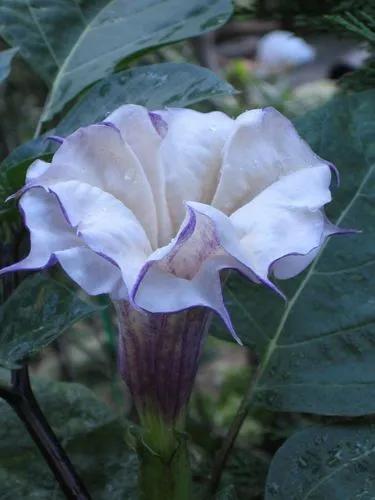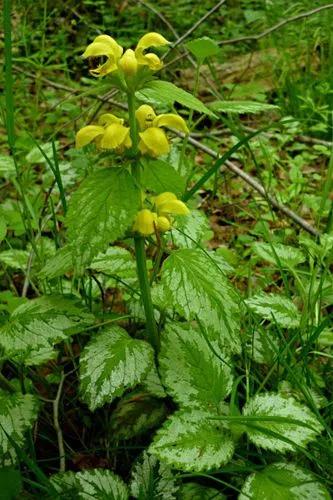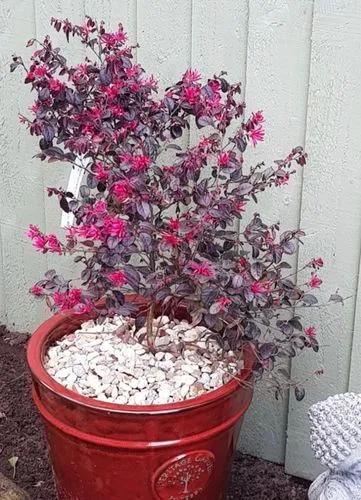Ajuga reptans is known as bugle, blue bugle, bugleherb, bugleweed, carpetweed, carpet bugleweed, and common bugle, and traditionally but less commonly as St. Lawrence plant. It is an herbaceous flowering plant, in the mint family, native to Europe.
Bugle Care
Ajuga reptans



Ajuga reptans, commonly called bugleweed, is a dense, rapidly spreading, mat-forming ground cover which features shiny, dark green leaves. Whorls of tiny, blue-violet flowers appear in mid to late spring on spikes rising above the foliage to 10". Cultivars of this species feature leaves with more interesting and varied foliage color. When in full flower, large clumps of bugleweed can produce a striking display. Dense foliage will choke out weeds. Not particularly tolerant of foot traffic. Genus name origin is unclear. Specific epithet means creeping.
How to Care for the Plant

Water

Unless it’s really dry, ajuga can usually sustain itself with normal rainfall. Water weekly while plants are getting established, then once every 2 to 3 weeks. Bugleweed is fairly tolerant of dry shade locations.

Fertilizer

Feeding is rarely necessary, but when it is necessary, apply an all-purpose granular fertilizer. Or, use a water-soluble fertilizer at a rate of 1 tablespoon per 1 gallon of water.

Sunlight

Grow in full sun to part shade. It will grow in full shade, but best foliage color usually occurs in part-sun locations (at least 3-4 hours of sun per day).

Soil

The plant prefers moist, humusy soils with good drainage, but tolerates moderately dry ones.

Temperature

The plant can be grown in the areas with the lowest winter temperatures of −40°C (−40°F). In very hot, humid areas, it requires good air circulation to prevent crown rot.

Popularity

2,509 people already have this plant 409 people have added this plant to their wishlists
Discover more plants with the list below
Popular articles






